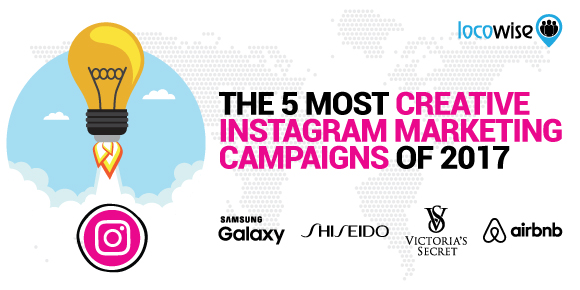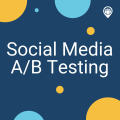How To Crush Market Research On Social Media
Sahail Ashraf posted on 16 April 2018
You may be surprised at how useful social media can be when you are attempting to research a market.
The amount of strategy and planning that can result from a rigorous attempt at market research pays off in the form of more clients, a stress-free environment because you’re comfortable with who you’re creating work for (clue: it’s the people who buy your stuff) and more effective campaigns that bring revenue because clients will continue to use your services.
So that’s the good side of the situation. The only downside is the sheer amount of work involved to get even basic market research done online. It takes a keen mind too because you can waste an awful amount of time developing market research.

So, in an effort to save you time and money, we’ve put together a handy guide on the topic of market research on social media. Because we know that social media is the quickest, and least expensive way to carry out market research.
Getting the measure of your competitors
We all know that our competitors are plotting against us, and that in the year 2020 all our business will have been swallowed up by those who sell the same product and service as us. Or maybe not.
But you do need to be one step ahead of your competitors, or at least keeping up with them. You can delay the pain of future competition by using social media for market research. While this strategy is fundamental, it doesn’t mean it is easy for people. But most of your competitors will be online though, and using social media. It’s something you can’t avoid.
By monitoring your competitors and seeing what they do online, you’re researching the market. You’re finding out their strengths and weaknesses which is valuable information. The areas you can work on can include:
● The sudden rises in attention. If you’re able to monitor how your competitors are doing you should at some point see a boost in their engagement. With social media often being a game of ‘who gets there first’ it can be very much worth your while to see what’s creating a buzz for your competitors
● Taking that idea a little deeper, it’s well worth your while to study the content that is working for your competitors. Knowing what really engages the audience that you both share is invaluable. You don’t have to copy that content, but you’ll know what your shared audience responds to

Old-fashioned market research
If you have a high-quality social media metrics tool, you can start to drill down into demographics. Finding a micro-audience and then monitoring the content they share and talk about allows you to easily pick content topics for future campaigns.
It is likely that people will continue to talk about stuff with each other if they are of the same demographic. And knowing the topics they prefer will give you even more opportunities to engage. And don’t forget, an audience that feels that the content it receives resonates, is an audience that will find it easier to engage.
This ability to watch and use the social media accounts of a tightly-defined audience is something that would have been costly just a few years ago. These days, there are many useful and efficient ways to segment an audience and use that market research to build campaigns.

Branching out
Bearing in mind that your audience has a life outside your product and service, it’s also a valuable exercise to carry out some listening. If you get an opportunity to understand what your audience talks about when they’re online, when they’re not talking about your industry, you can start to tailor content around this.
So let’s say you create soft drinks. Your audience will most likely not be discussing your best flavours all the time. They might be talking about their favourite sporting events, or the movie they want to see next week. You can create content around these topics that are outside your industry so that you can really communicate with your prospects in a more meaningful way.
Becoming more ‘different’
Okay, ignore the grammar catastrophe in the title, but searching for your difference doesn’t mean being massively creative and spending thousands on think tank groups.
For example, try uploading a picture that means something to your team, or a short poem. Then get the audience to respond to it through the comments. What you’ll get, by showing that you have a heart, is a corresponding positive response which should show you even more about your audience.
And different can be doing something as simple as asking a question. One of the quickest and most effective ways of conducting market research on social is to ask what your audience thinks about the latest iteration of your product or service, or their views on how to improve what you do.

The oldest trick in the book happens when you ask your customers ‘how did I do’ as regards the customer service you just provided. A quick message on social media, or a chance to rate your service, can bring huge benefits for when you’re improving your offering.
Finding influencers
Influencer marketing was made for social media. Finding people who can champion your product and then using that leverage to amplify your brand is one of the most exciting parts of having a brand presence on social. But finding the right influencers can be tricky.
Using the market research approach, conduct some social listening to identify the influencers who can genuinely benefit your brand. Pick up on the large accounts (as in follower numbers) and then see what these people are talking about.
Take the time to ascertain their voice and their engagement with their audience. This will allow you to literally ‘market research’ your next influencers.
Social media has brought us many ways in which we can get to know our audience, and capitalise on that knowledge. It just requires some work, and an ability to use the best aspects of social media. Do it well enough, and your market research budget will be significantly reduced.

If you’d like to get your hands on some high quality social media metrics, then try out Locowise, for free, for seven days. It’s all you need on your audience and your competitors, in one place.





